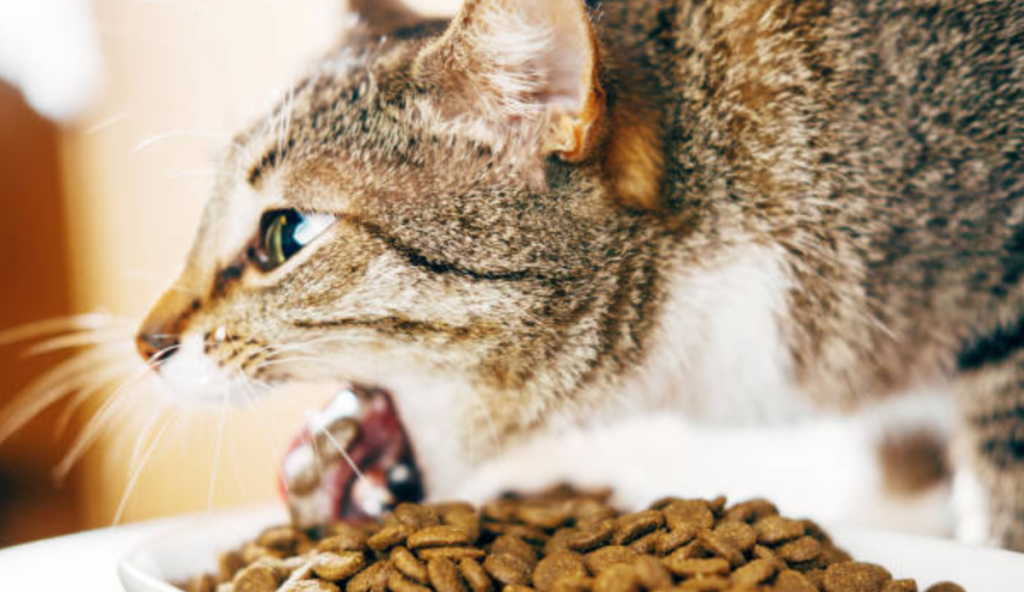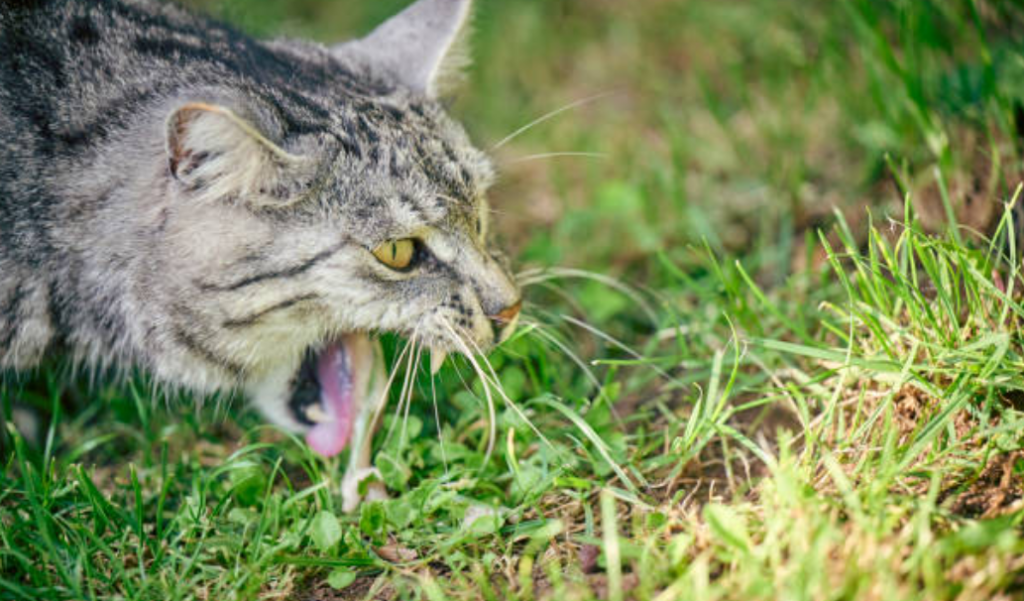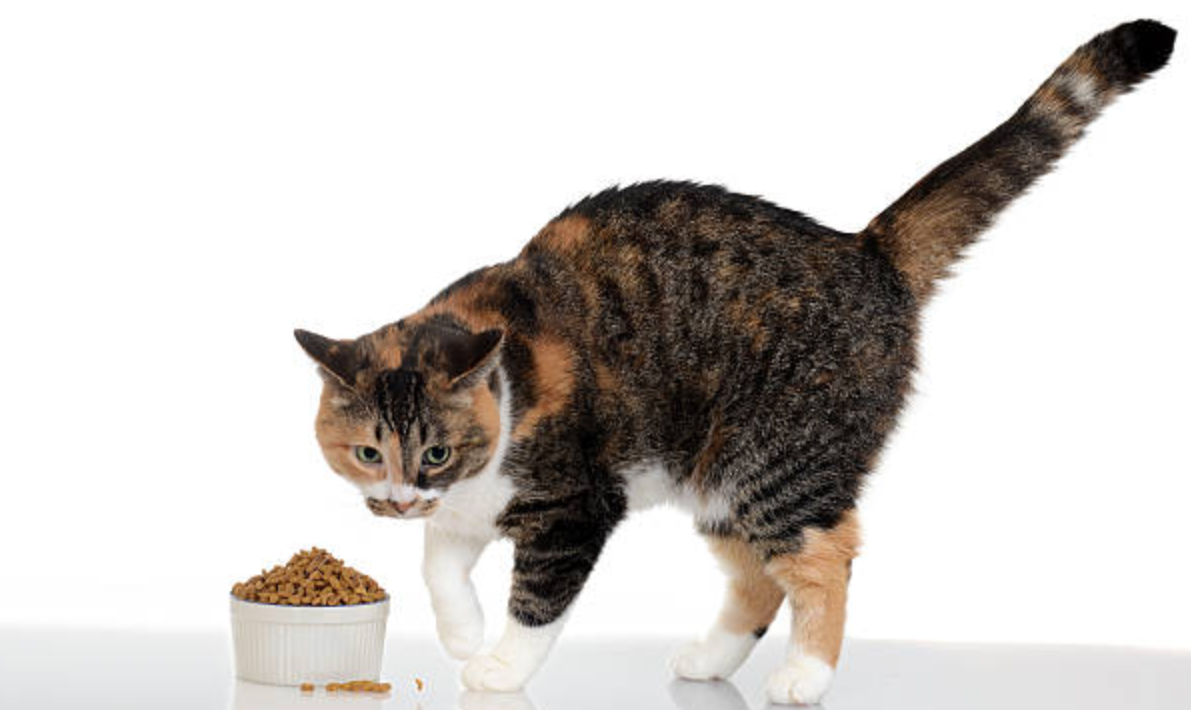Having a cat throwing up food and vomits can be concerning for any pet owner. As a cat lover myself, I understand the worry and confusion that comes with seeing your feline friend throwing up their food. In this complete guide, we will explore the 5 common reasons why your cat is throwing up food, helping you understand the underlying causes and providing practical solutions.
Understanding Cat Throwing Up Food
10 Essential Tips for Caring for Your Cat Rag Doll: The Ultimate Guide
What Causes Cats to Throw Up Food?
Cats can vomit for various reasons, and it’s important to identify the underlying cause. One common cause is hairballs. When cats groom themselves, they ingest loose hair, which can accumulate in their stomachs and cause them to vomit. Another reason can be sudden dietary changes. Cats have sensitive stomachs, and switching their food abruptly can lead to digestive disturbances and vomiting.
The Role of Hairballs in Cat Vomiting
Hairballs are a frequent occurrence among cats. Let me share my own experience with my cat, Whiskers. She often spends hours grooming her long fur. The excess hair she ingests can accumulate in her stomach, leading to uncomfortable hairballs. When Whiskers vomits, I can sometimes see the hairball in the expelled contents.
Common Digestive Issues Leading to Vomiting
10 Effective Strategies to Solve the Cat Pooping Outside Litter Box Dilemma

Gastritis and Stomach Inflammation
Sometimes, cats can develop gastritis, which is inflammation of the stomach lining. This can be caused by various factors such as consuming spoiled food, bacterial infections, or dietary indiscretion. Gastritis can irritate the stomach, leading to vomiting.
Dietary Intolerances and Allergies
Cats, like humans, can have food intolerances and allergies. For example, my friend’s cat, Oliver, discovered that he had a sensitivity to certain types of fish. Whenever Oliver ate fish-based food, he would start vomiting shortly after. By eliminating fish from Oliver’s diet, his vomiting episodes were significantly reduced.
Gastrointestinal Blockages
Gastrointestinal blockages are a serious concern. They can occur if a cat ingests something that becomes stuck in its digestive tract, obstructing the passage of food. This can lead to severe vomiting and requires immediate veterinary attention. I remember my cousin’s cat, Luna, once swallowed a small toy and experienced repeated vomiting until the blockage was removed by the veterinarian.
When to Seek Veterinary Care for Vomiting
While occasional vomiting can be normal for cats, persistent or severe vomiting requires veterinary attention. If your cat vomits frequently, appears lethargic, loses weight, or shows other concerning symptoms, it’s crucial to consult a veterinarian. They can conduct diagnostic tests and examinations to identify the underlying cause and provide appropriate treatment.
Preventing Cat Vomiting
10 Safe and Healthy Human Foods Cats Can Eat: A Comprehensive Guide

Tips for Managing Hairballs
To reduce hairballs in your cat, regular grooming can be helpful. Brushing your cat’s fur can remove loose hair, preventing them from ingesting excessive amounts during grooming. Additionally, specialized hairball control cat foods and treats are available, which can help in reducing the formation of hairballs.
Transitioning Your Cat’s Diet Properly
If you need to change your cat’s diet, it’s important to do so gradually. Start by mixing small amounts of the new food with their current food and gradually increase the proportion over several days. This allows their digestive system to adjust to the new food without causing digestive upset and vomiting.
Identifying and Eliminating Food Allergens
If you suspect your cat has a food allergy or intolerance, it’s important to identify and eliminate the allergens from their diet. Your veterinarian can guide you through an elimination diet, where potential allergens are removed from your cat’s diet, and then reintroduced one at a time to identify the specific trigger.
Promoting Healthy Eating Habits
Encouraging healthy eating habits can also help prevent vomiting. Feed your cat smaller, more frequent meals rather than one large meal, as overeating and rapid consumption can lead to vomiting. Additionally, ensure your cat has access to fresh water at all times to stay hydrated.
Minimizing Gastrointestinal Issues and Blockages
To minimize the risk of gastrointestinal issues and blockages, it’s essential to keep small objects, such as toys or string, out of your cat’s reach. Regularly inspect their environment to ensure there are no hazards that they may ingest. Supervise playtime and discourage them from chewing on or swallowing non-edible items.
When to Consult a Veterinarian
10 Safe and Healthy Human Foods Cats Can Eat: A Comprehensive Guide
Red Flags: Signs of a Serious Underlying Issue
While some vomiting can be managed at home, certain signs indicate a more serious underlying problem. If your cat is repeatedly vomiting, has blood in their vomit, experiences abdominal pain, or shows signs of dehydration, it’s crucial to seek immediate veterinary care.
Diagnostic Tests and Examinations
When you visit the veterinarian for your cat’s vomiting, they may conduct diagnostic tests such as bloodwork, X-rays, or ultrasound to assess their overall health and identify any abnormalities. These tests can help pinpoint the underlying cause of the vomiting.
Treatment Options for Chronic Vomiting
The treatment for chronic vomiting depends on the underlying cause. It may involve dietary changes, medication to manage gastrointestinal inflammation, or surgical intervention in the case of blockages. Your veterinarian will tailor the treatment plan to address your cat’s specific needs.
Frequently Asked Questions
The Top 5 Benefits of Cat Neutering: A Healthier, Happier Feline
Q: How can I tell if my cat is vomiting or just regurgitating?
A: Differentiating between vomiting and regurgitation in cats can be challenging. Vomiting is an active process characterized by forceful expulsion of stomach contents, often accompanied by heaving or retching. On the other hand, regurgitation is a passive process where undigested food is brought up without any effort or abdominal contractions. It may indicate esophageal or swallowing issues. Observing the presence of bile, partially digested food, or hairballs in the expelled material can help determine if it’s vomiting. If you’re unsure, consulting with a veterinarian is recommended for an accurate diagnosis.
Q: Is occasional vomiting normal for cats?
A: Occasional vomiting in cats can be considered normal, especially if it happens infrequently and the cat appears otherwise healthy. Cats may vomit due to dietary changes, hairballs, or occasional gastrointestinal disturbances. However, if the vomiting becomes frequent, and severe, or is accompanied by other concerning symptoms such as weight loss, lethargy, or loss of appetite, it may indicate an underlying health issue that requires veterinary attention.
Q: Should I be concerned if my cat vomits hairballs?
A: Vomiting hairballs occasionally is relatively common in cats, especially those with long hair. However, if your cat is frequently vomiting hairballs or is unable to expel them, it could indicate a problem. Excessive grooming leading to excessive hair ingestion or underlying gastrointestinal issues may be contributing factors. If hairballs become a persistent issue or are causing distress to your cat, it’s advisable to consult with a veterinarian for proper evaluation and guidance on hairball management strategies.
Q: Can food allergies cause my cat to vomit?
A: Yes, food allergies can contribute to vomiting in cats. When a cat ingests a food allergen, their immune system may react, resulting in various symptoms, including vomiting. Common food allergens for cats include proteins such as beef, dairy, fish, and poultry. If you suspect your cat has a food allergy, it’s best to consult with a veterinarian. They can recommend an elimination diet or perform allergy testing to identify the specific allergen and guide you in managing your cat’s diet effectively.
Q: When should I seek veterinary care for my cat’s vomiting?
A: If your cat vomits infrequently and appears otherwise healthy, you can monitor the situation closely. However, veterinary care is warranted if the vomiting becomes persistent, and severe, or is accompanied by other concerning signs such as blood in vomit, abdominal pain, lethargy, dehydration, or changes in appetite and behavior. Additionally, if your cat has underlying health conditions or is a young kitten, it’s advisable to seek veterinary attention sooner rather than later to ensure prompt diagnosis and appropriate treatment. Cat throwing up food, most relevant content around the net pets.webmd.com, vcahospitals.com, www.thesprucepets.com

Conclusion
Common Cat Diseases and Symptoms
Understanding why your cat is throwing up food is essential for their overall well-being. By identifying the common causes and implementing preventive measures, you can help minimize vomiting episodes and ensure your cat’s digestive health. Remember, if you have any concerns about your cat’s vomiting, it’s always best to consult with a veterinarian for proper diagnosis and guidance.
We value your thoughts and experiences! We invite you, our valued readers, to share your insights and stories in the comments section below. Whether you have personal experiences related to cat vomiting or additional tips and advice to offer, we would love to hear from you. Your comments not only contribute to the conversation but also create a supportive community where we can learn from each other. So please take a moment to leave a comment and let us know your thoughts. We appreciate your participation and look forward to reading your contributions!
